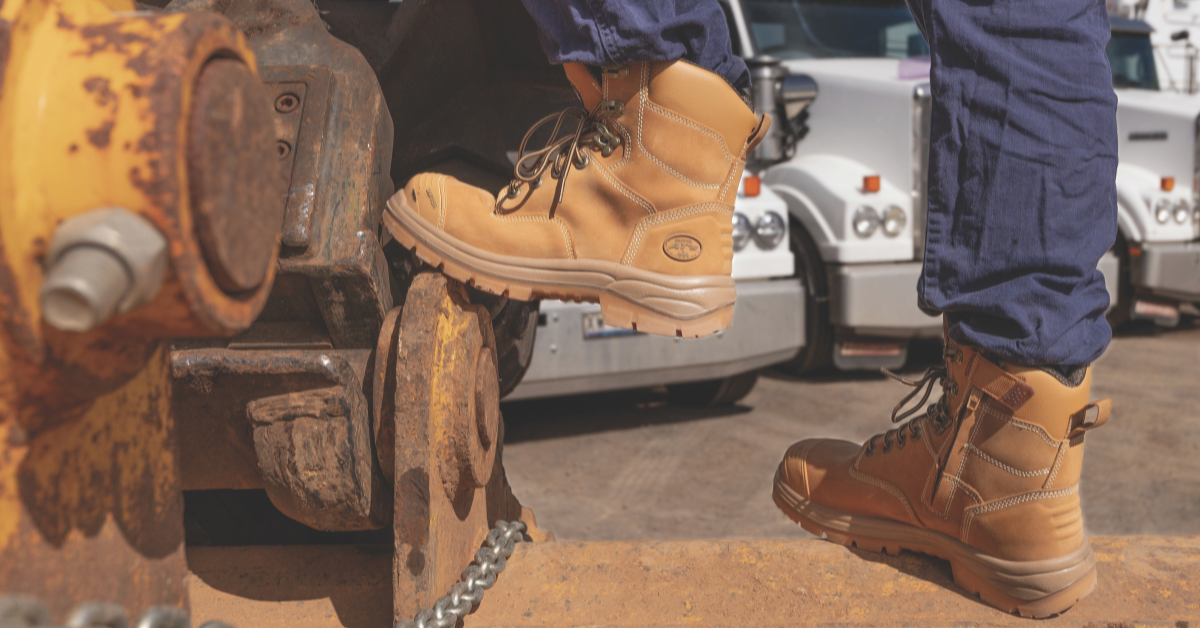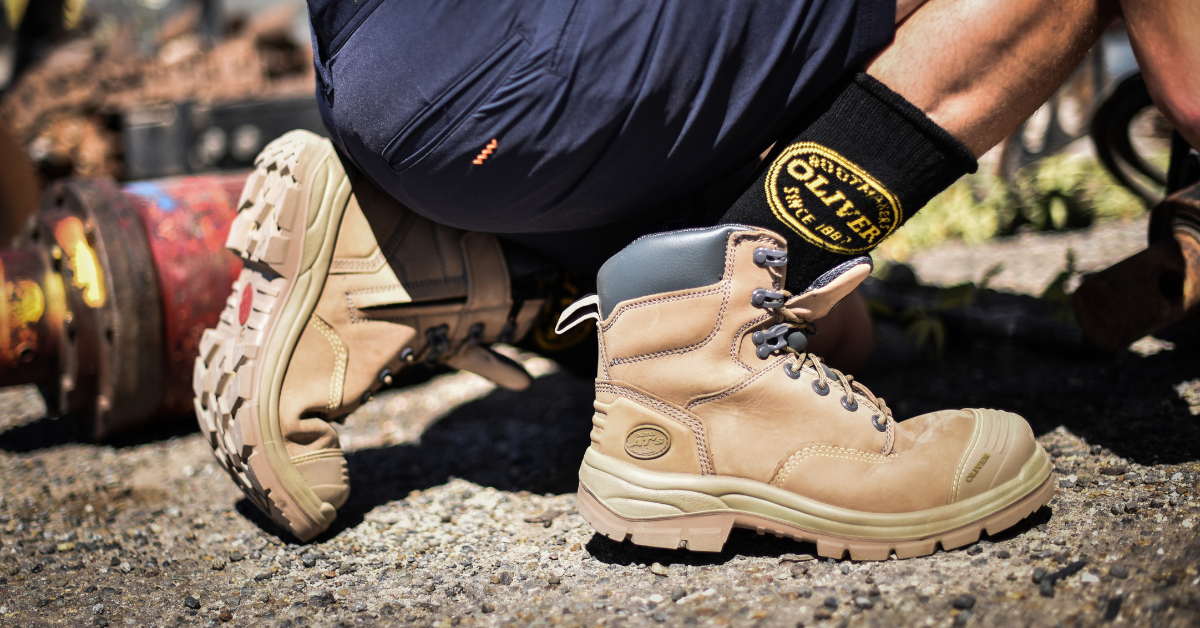Promoting worker safety, feet-first
Are your workers wearing the right safety footwear? Every day on Australian worksites, feet put up with a lot. From slips, trips and falls, to...
Electrostatic Discharges (ESD) are more commonly known as ‘static electricity’. This involves the sudden flow of electricity between two electrically charged points, including humans, and can be caused by contact, electrical shorts, or dielectric breakdowns. ESD is very common but can be much more damaging than the old school prank of rubbing your shoes on the library carpet and then zapping your mate by touching his ear with your finger.
In some work environments, special efforts are made to have ESD-secured areas to protect electrical components and equipment, including integrated circuits, that can be permanently damaged by large and small voltages; at times these discharges can be so little that humans, who are highly conductive, can’t even feel them. The effect of ESD cannot be overlooked: ESD can cause explosions in gas, fuel vapour, and coal dust. ESD can be incredibly dangerous.
The Oliver Series of footwear provides ESD protection to wearers, thus protecting equipment and helping the prevention of igniting flammable materials. When considering purchasing ESD footwear it is critically important to understand the difference between ‘Anti-Static’ and ESD protection. To meet relevant standards and specifications, Anti-Static’ footwear must have electrical resistance between 0.1 and 1000 Mega Ohm (MΩ), while ESD protective footwear must resist between 0.1 and 100 Mega Ohm (MΩ).
“There are a lot of misconceptions when it comes to ESD and Antistatic Footwear. Both dissipate static charge, but only ESD rated footwear can guarantee that uncontrolled electrostatic discharge won’t occur. This is because the shoes restrict the flow of electricity in a safe and controlled manner by preventing the build-up of electrical charge in the body in the first place,” says Brett Huggins, Product Development Manager of Honeywell Industrial Safety.
There is only a small range of ESD shoes available in Australia, yet the diversity of workers that they cater for is extensive. Occupations and industries that may need such footwear include engineers, electricians, IT workers, semiconductor and electronic industries, plastic/polymer processing, painting and coating, biotechnology, pharma, oil and gas, automotive, and all other industries that use easily combustible substances.

Are your workers wearing the right safety footwear? Every day on Australian worksites, feet put up with a lot. From slips, trips and falls, to...
.png)
It’s a running joke that in Australia, every creature under foot is a hazard. When it comes to the mining industry, however, the potential hazards...

In the Australian work environment, workers’ feet take a daily beating. Around 70% of workers spend a quarter of their workday standing or walking....